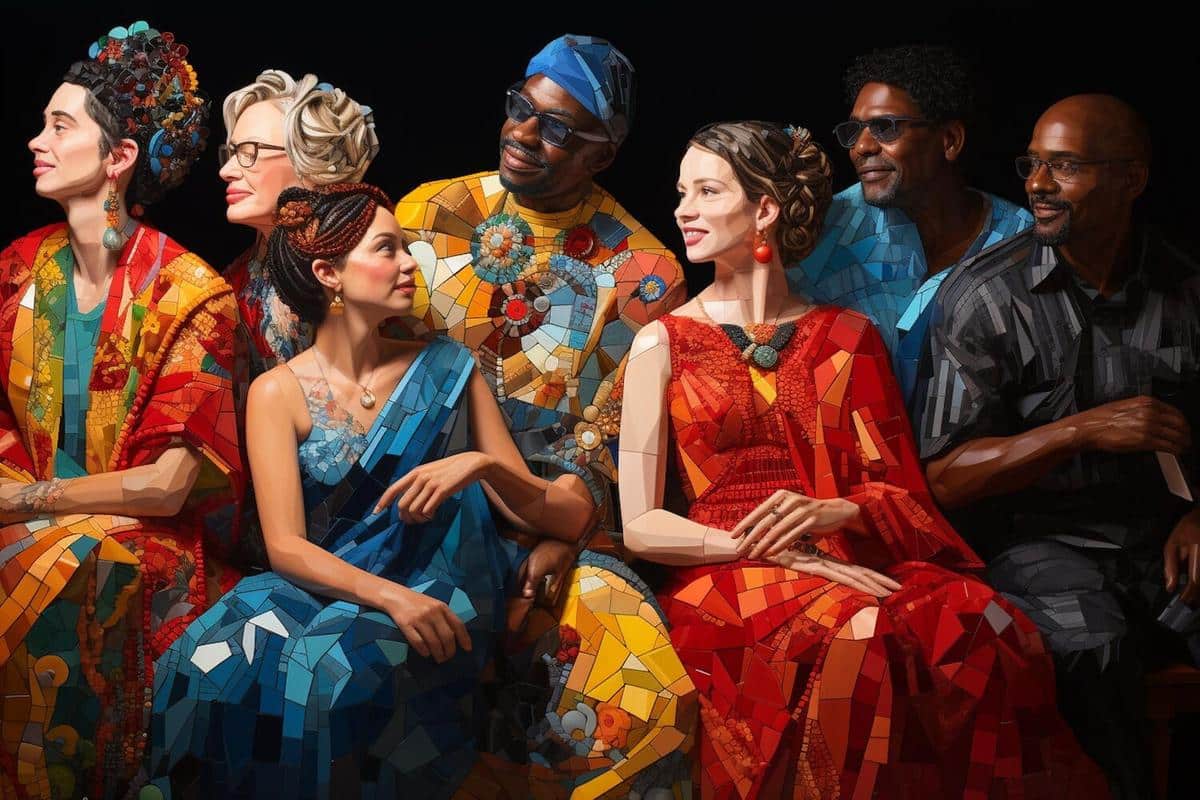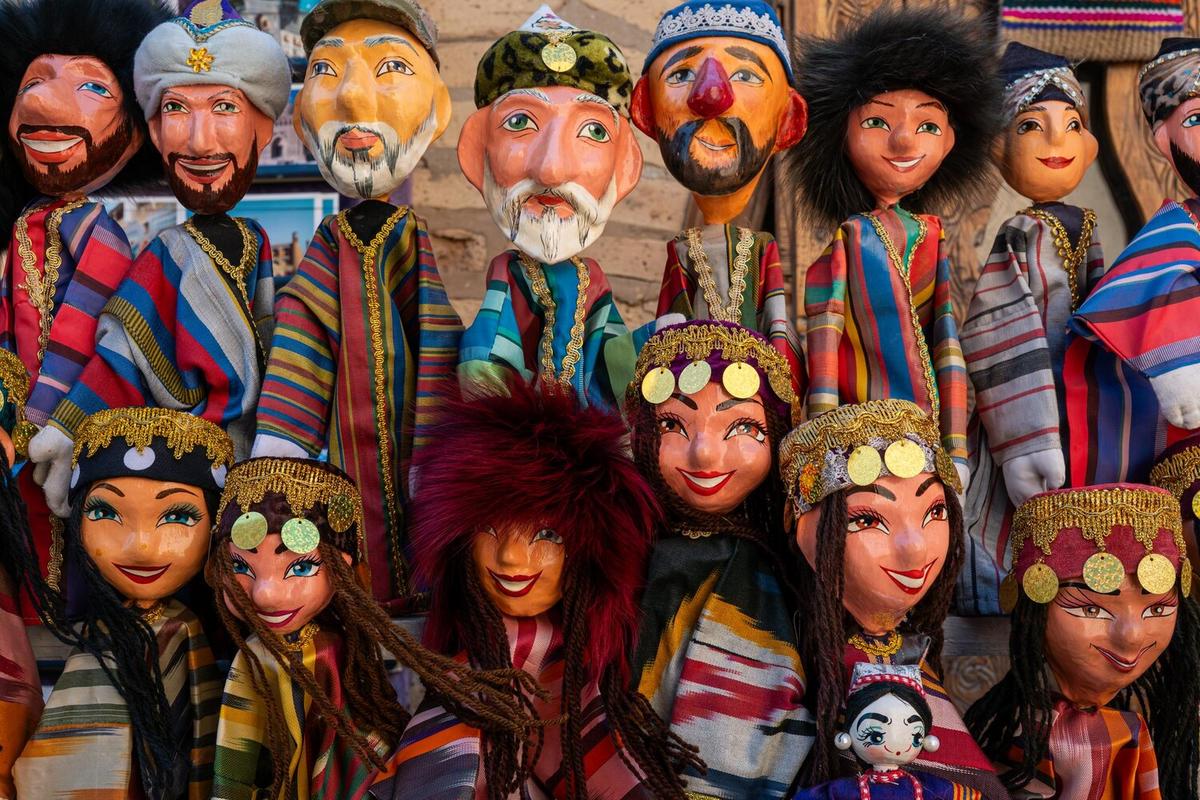
Bridging the Gap: Multicultural Influence in Modern Theatre
The vibrant tapestry of modern theatre is increasingly woven with threads of diverse cultural narratives, creating a rich and multifaceted art form that reflects the global community.
Exploring Multicultural Influence in Theatre
Incorporating multicultural influences in theatre is about more than just diversity; it’s about enriching storytelling with varied perspectives. As theatre becomes more inclusive, audiences gain access to a broader spectrum of human experience.
The Impact of Cultural Diversity
The influence of multiple cultures in theatre can be seen in various aspects, from narrative themes to performance styles. According to theatre expert Dr. Luis Ramirez, “When we embrace diversity in theatre, we open doors to stories that resonate universally, yet speak uniquely.” This approach not only broadens audiences’ horizons but also fosters empathy and understanding across different backgrounds.
Statistics and Research Findings
A recent study by the International Theatre Institute revealed that productions featuring multicultural casts have seen a 30% increase in audience engagement over the past five years. This suggests a growing appetite for stories that reflect the diverse world we live in.
Personal Anecdotes and Examples
Consider the play “The Lion and the Jewel,” which blends African cultural motifs with contemporary themes. Its success highlights the power of cultural fusion in resonating with global audiences. Similarly, director Aisha Khan shares, “When we staged ‘East Meets West,’ the community response was overwhelmingly positive, proving that people crave stories that connect cultures.”
Actionable Tips for Embracing Multiculturalism in Theatre
- Collaborate Across Cultures: Engage with artists from diverse backgrounds to create authentic and varied narratives.
- Educate Your Team: Provide cultural competency training for your cast and crew to enhance understanding and respect.
- Research Thoroughly: Dive deep into the cultural contexts of the stories you wish to tell to ensure respectful representation.
Comparison Table: Traditional vs. Multicultural Theatre
| Aspect | Traditional Theatre | Multicultural Theatre |
|---|---|---|
| Storytelling | Localized narratives | Global narratives |
| Cast Diversity | Limited | Extensive |
| Audience Reach | Conventional | Broader |
| Performance Styles | Classical | Fusion |
| Cultural Representation | Singular | Multiple |
| Empathy Building | Basic | Enhanced |
| Innovation | Traditional | Creative |
| Impact | Predictable | Dynamic |
FAQs
Why is multicultural influence important in theatre?
It enriches the storytelling process and provides a platform for diverse voices, fostering greater empathy and understanding.
How can theatres incorporate multicultural influences?
Theatres can collaborate with artists from diverse backgrounds and research cultural stories thoroughly to ensure respectful and authentic portrayals.
Conclusion
As the curtain falls on our exploration of multicultural influence in modern theatre, it’s clear that embracing diversity enriches the art form. By weaving together various cultural narratives, theatre can become a powerful tool for empathy and understanding. The next time you attend a play, notice the cultural threads that enhance the story and consider how they connect us all in a shared human experience.


